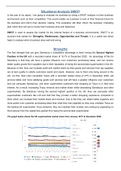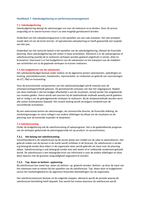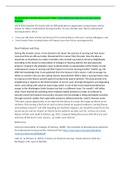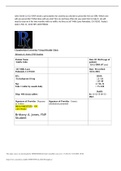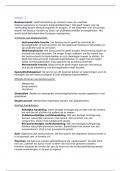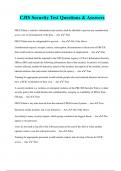Essay
Unit 1 - Exploring Business SWOT Analyse Graded
- Module
- Unit 1 - Exploring Business
- Institution
- PEARSON (PEARSON)
In this part of my report, I am going to evaluate my business by doing a SWOT analysis on their business environment such as their competition. This would enable my business to look at their financial future for the business and inform their decision making. This evaluation will often inform the bu...
[Show more]
